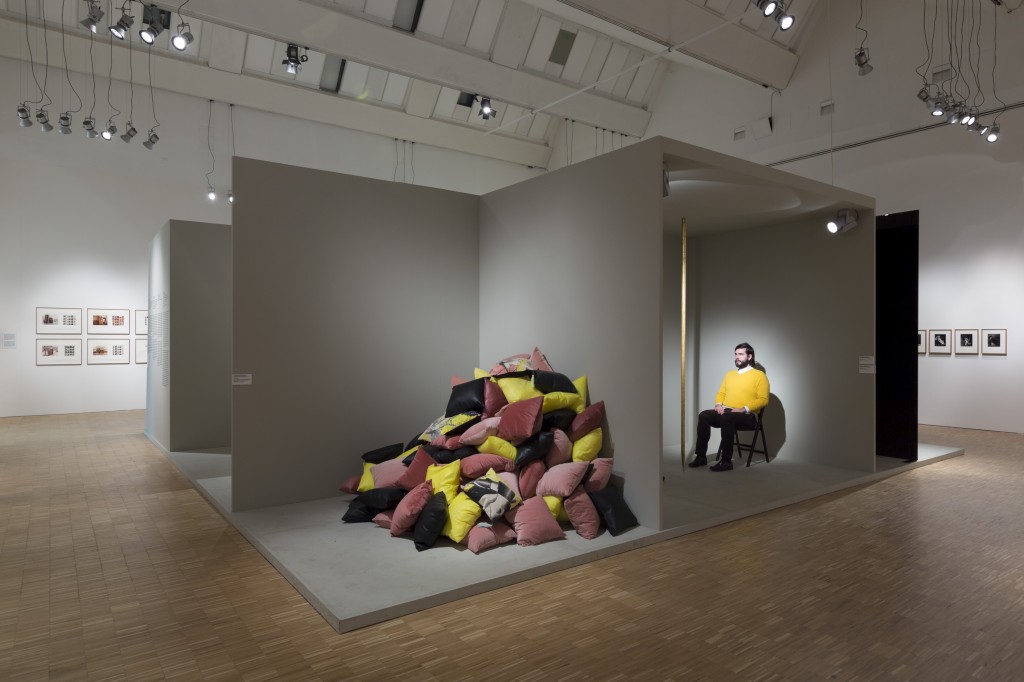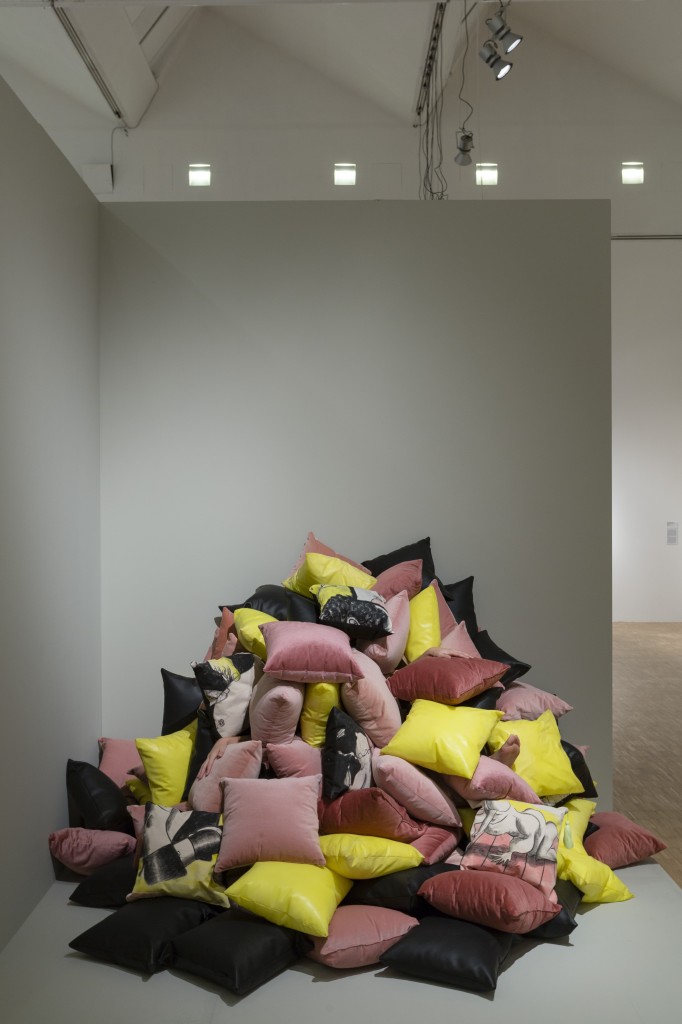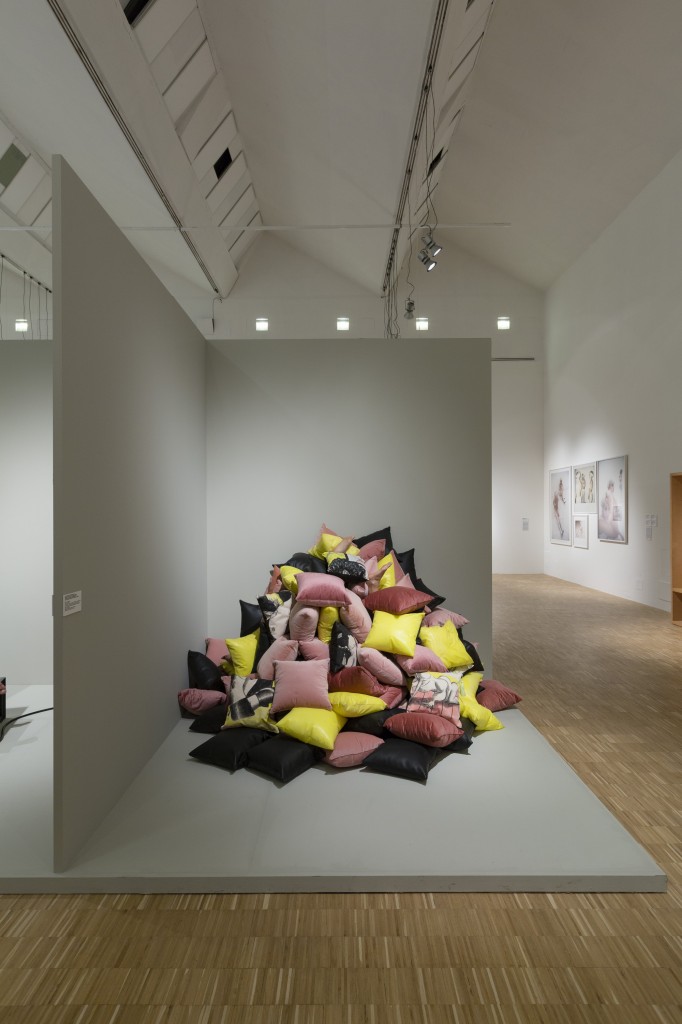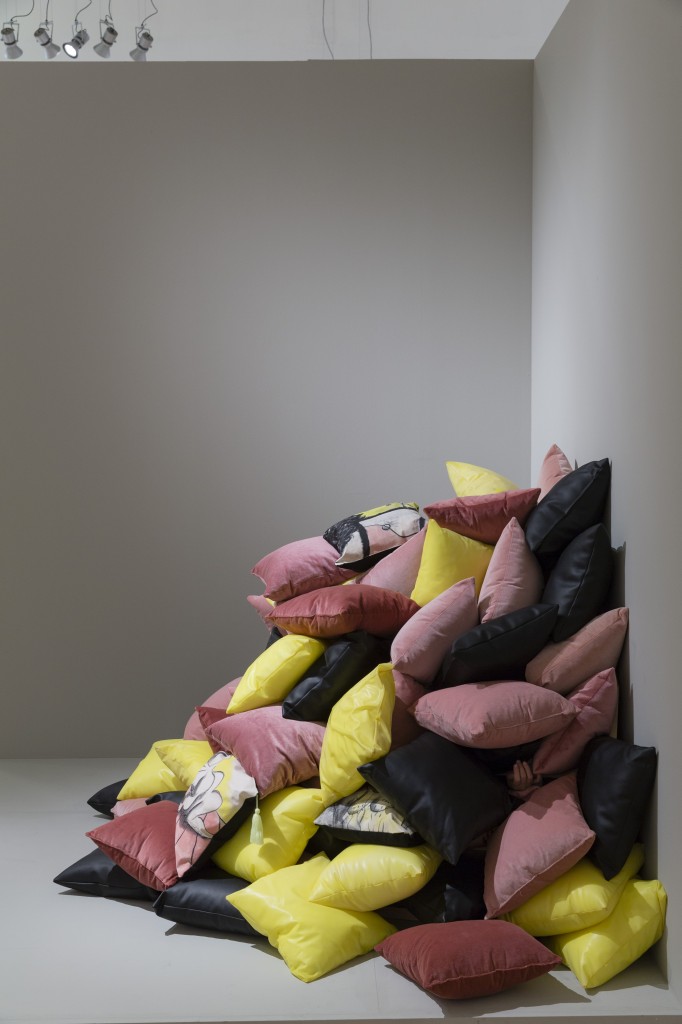Lost in Lust, 2014
Lost in Lust, 2014
Lost in Lust, 2014
Lost in Lust, 2014
26 November 2015 to 6 March 2016
Artists: Vincenzo Accame, Vincenzo Agnetti, Alessandro Agudio, Mario Airò, Yuri Ancarani, Giorgio Andreotta Calò, Francesco Arena, Stefano Arienti, Massimo Bartolini, Gianfranco Baruchello, Vanessa Beecroft, Alighiero Boetti, Monica Bonvicini, Lupo Borgonovo, Ugo Carrega, Elisabetta Catalano, Maurizio Cattelan, Giuseppe Chiari, Francesco Clemente, Roberto Cuoghi, Danilo Correale, Gino De Dominicis, Patrizio Di Massimo, Luciano Fabro, Lara Favaretto, Vincenzo Ferrari, Linda Fregni Nagler, Giuseppe Gabellone, Alberto Garutti, Francesco Gennari, Paolo Gioli, Massimo Grimaldi, Adelita Husni-Bey, Emilio Isgrò, Jannis Kounellis, Ketty La Rocca, Gruppo di Via Lazzaro Palazzi (Mario Airò, Vincenzo Buonaguro, Matteo Donati, Stefano Dugnani, Giuseppina Mele, Chiyoko Miura, Liliana Moro, Andrea Rabbiosi, Bernhard Rüdiger, Antonello Ruggieri, Adriano Trovato, Massimo Uberti, Francesco Voltolina), Marcello Maloberti, Lucia Marcucci, Nicola Martini, Fabio Mauri, Mario Merz, Marisa Merz, Eugenio Miccini, Luca Monterastelli, Liliana Moro, Maurizio Nannucci, Alek O., Martino Oberto, Luigi Ontani, Luciano Ori, Giulio Paolini, Pino Pascali, Diego Perrone, Alessandro Pessoli, Lamberto Pignotti, Vettor Pisani, Michelangelo Pistoletto, Paola Pivi, Luigi Presicce, Carol Rama, Pietro Roccasalva, Andrea Romano, Gianni Emilio Simonetti, Rudolf Stingel, Santo Tolone, Franco Vaccari, Francesco Vezzoli, Luca Vitone.
Curated by Vincenzo de Bellis
Artistic direction: Edoardo Bonaspetti, Curator of Triennale Arte
From 26 November 2015 to 6 March 2016, La Triennale di Milano presents Ennesima / Umpteenth. An Exhibition of Seven Exhibitions of Italian Art, curated by Vincenzo de Bellis. This ‘exhibition of exhibitions’ will include over a hundred and twenty works by more than seventy artists, in a display extending over the entire first floor of La Triennale. It will offer a possible interpretation of the past fifty years of contemporary art in Italy, from the early sixties through to the present day.
The title is inspired by a work by Giulio Paolini, Ennesima (appunti per la descrizione di sette tele datate 1973), the first version of which, dated 1973, is divided into seven paintings. This gives the number of exhibition projects included in de Bellis’s exhibition for La Triennale: seven independent exhibitions, in the form of notes or suggestions that explore different aspects, links, coincidences and discrepancies in the recent history of Italian art. Seven working hypotheses that examine, reinterpret and tell the story of Italian art. It does so partly through an analysis of some of the possible exhibition formats: from the solo exhibition to the site-specific installation, through to the thematic group show and chronological group show, the group exhibition on a particular movement and the group exhibition in the same medium and on to the documentary exhibition. Not just a single project that attempts at all costs to find thematic or stylistic, chronological or generational connections, but rather a platform that suggests the coexistence of all these and other possible formats, creating a cross-section of the past fifty years of art in Italy.
Seven attempts, seven suggestions, seven possible analyses and interpretations of contemporary Italian art. Ennesima / Umpteenth thus brings to the fore a unified vision of multiple, partial perspectives that can be considered as a sample of the different approaches adopted by contemporary art. The spaces of the first floor of La Triennale will be divided into seven rooms through which the visitor will be guided, along a precise itinerary, to discover the seven exhibitions. These will appear as independent, autonomous shows but also as part of a much broader picture that includes them all. This journey in seven stages will retrace periods, climates and movements, combining famous artists and historic figures with mid-career artists who made their debuts in the 1990s and in the early years of the new millennium, and others who came to the fore in the mid-2000s. The exhibition will end with a large number of artists of the youngest generations.
Based on this pluralistic vision, the project paints a composite fresco of the contemporary Italian art scene in all its diversity. With the idea of bringing together all areas of artistic research in Italy over the past fifty years, Ennesima / Umpteenth will also include a public programme of video screenings, performances, lectures and talks on the various themes of the exhibition. Among other things, this will involve publishing – in the form of publishers and magazines – which have been one of the most interesting aspects of the Italian art system over the past decade.
Ennesima / Umpteenth will be accompanied by seven books published by Mousse Publishing, reflecting the division of the show into seven parts, with more than twenty essays by Italian curators and critics of the latest generations – between the ages of thirty and forty-five – who have made a name for themselves in recent years both nationally and internationally.



